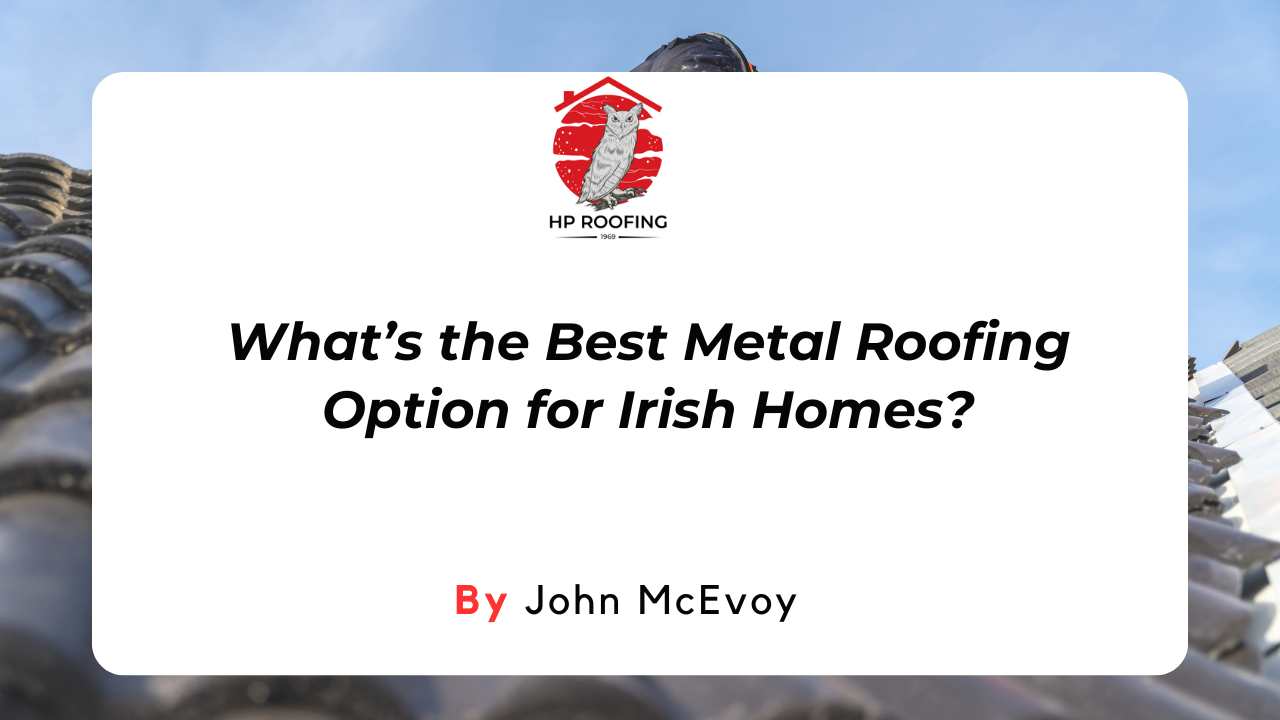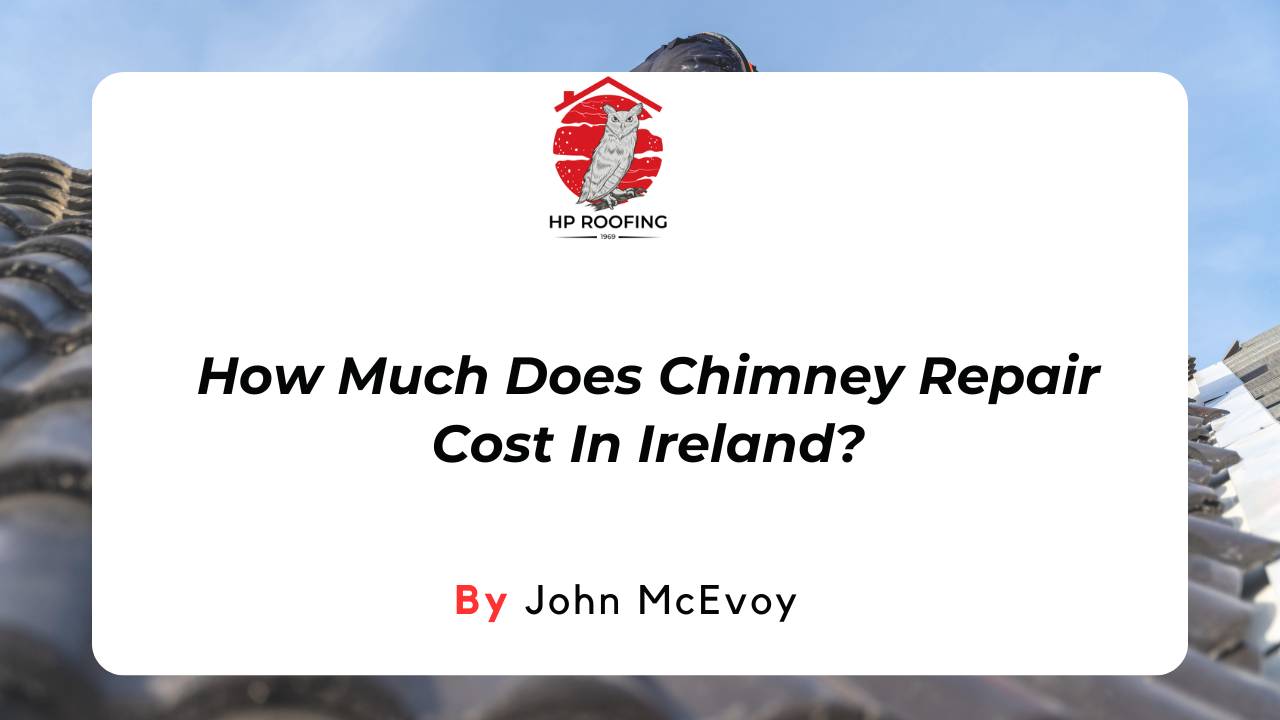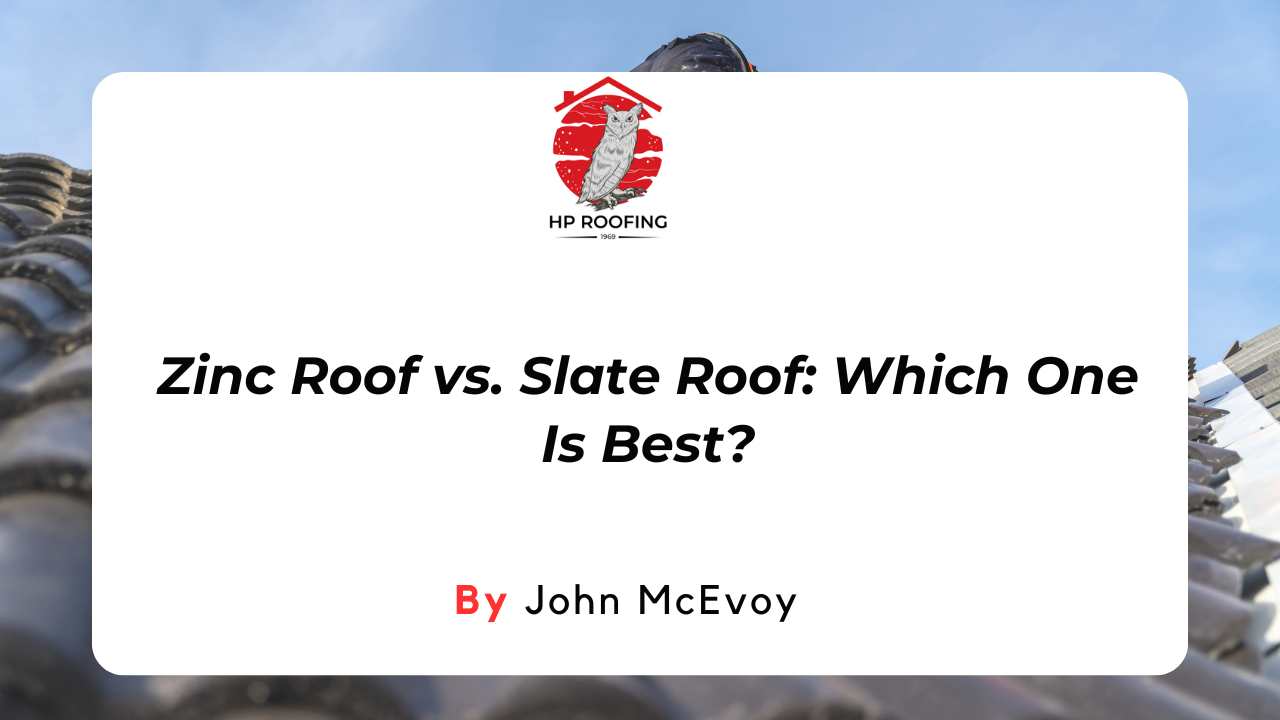Are you planning to build or renovate your home and wondering what roof style to choose? Do you want to know the pros and cons of different roof styles and how they affect the appearance, performance, and cost of your roof? If yes, then you have come to the right place.
This blog post will compare two popular roof styles—monopitch and hip and gable to help you decide which one is best suited for your home.
So, let's get started.
What is a Monopitch Roof?
A monopitch roof, also known as a shed roof or a skillion roof, is a roof style that consists of a single sloping plane. Unlike a gable roof, which has two sloping sides that meet at a ridge, a monopitch roof has only one slope that extends from one end of the building to the other.
A monopitch roof can be attached to another roof or wall, creating a unique look, or it can be detached and stand alone, creating a modern and minimalist look.
Advantages of a Monopitch Roof
Some of the advantages of a monopitch roof are:
Simplicity in Construction
The straightforward design allows for quicker installation, which can lead to savings on labour and overall project duration. This simplicity also means fewer complexities during the design phase, streamlining the construction process.
Cost-Effectiveness
This roof style typically requires fewer materials, contributing to its affordability. The reduction in material also translates to lower transportation and handling costs, further enhancing its cost-effectiveness.
Modern Aesthetic
A monopitch roof offers a contemporary look that can complement modern architectural designs. Its clean lines and sharp angles can add a sleek, modern appearance to new constructions and extensions alike.
Environmental Benefits
Its structure can support better natural lighting and ventilation, potentially reducing the need for artificial climate control. This can lead to energy savings and a smaller carbon footprint, aligning with green building practices.
Versatility
Suitable for various applications, it can be customised in terms of angle and orientation to suit different needs. This adaptability makes it ideal for a range of building types, from residential homes to commercial warehouses.
Disadvantages of a Monopitch Roof
Some of the disadvantages of a monopitch roof are:
Design Limitations
Its simplicity might not appeal to all, potentially offering a more utilitarian appearance. This minimalistic design may not complement traditional architectural styles, leading to a mismatch with certain home aesthetics.
Water Management
If not properly designed, there's a risk of water buildup, leading to potential leakage issues. The singular slope may not effectively channel water away, especially in heavy rain regions, requiring careful planning of drainage systems.
Limited Indoor Space
The absence of an attic or loft space may restrict storage options. This limitation could be significant for those requiring additional space for utilities or storage
Maintenance Requirements
Exposure to the elements might necessitate more frequent upkeep. The roof's design may lead to areas that are more susceptible to wear and tear, such as the buildup of debris or snow, increasing the need for regular maintenance checks.
What is a Hip and Gable Roof?
A hip and gable roof, also known as a cross-gable roof, is a roof style that combines two different roof types: a hip roof and a gable roof. A hip roof is a roof that has four sloping sides that meet at a common peak or ridge.
A gable roof is a roof that has two sloping sides that meet at a ridge, creating a triangular shape at the end. A hip and gable roof is formed by joining two perpendicular hip roofs or gable roofs, creating a valley or a cross shape.
Advantages of a Hip and Gable Roof
Some of the advantages of a hip and gable roof are:
Aesthetic Appeal
This roof type often enhances a home's visual and architectural interest, adding to its curb appeal. The variety in design also allows for a seamless blend of both traditional and contemporary styles, enriching the architectural landscape of a neighbourhood.
Durability
It's known for its strength and ability to withstand adverse weather, offering long-term reliability. The structure's design distributes weight evenly, reducing stress points and contributing to its resilience against heavy snowfall or high winds.
Additional Space
The design provides extra interior space, useful for storage or living areas. This additional space can be creatively utilised for various purposes, such as bedrooms, home offices, or entertainment rooms, adding functional value to the home.
Customisation Potential
Features like dormers and skylights can be integrated, allowing for personalised design touches. This flexibility in design enables homeowners to craft unique living spaces that reflect their personal style and meet their specific needs.
Disadvantages of a Hip and Gable Roof
Some of the disadvantages of a hip and gable roof are:
Installation Complexity
Complex design requires more skills, which can extend the construction timeline. The need for precision in angles and measurements also demands a higher level of attention to detail during construction.
Higher Costs
The increased material needs and complex construction contribute to a higher budget requirement. The complexity of the design can also necessitate specialised tools and techniques, further inflating costs.
Energy Efficiency
The structure may limit natural light and air flow, possibly leading to greater reliance on artificial climate control. However, innovative design solutions and energy-efficient materials can help address these concerns, enhancing the roof's overall energy performance.
Maintenance Demands
The complexity of the roof can lead to potential issues like leaks or wear at the joints, requiring attentive maintenance. Regular inspections and prompt repairs are essential to maintain the roof's integrity and prevent minor issues from escalating into major problems.
How Do I Choose the Best Roof Style for Your Home?
Here are some factors to consider when making your decision:
Climate of your location
If you live in an area with heavy rainfall or snowfall, you may want to opt for a monopitch roof, as it can prevent water or snow accumulation and damage. If you live in an area with strong winds or storms, you may want to opt for a hip and gable roof, as it can provide more stability and protection.
Design of your home
If you have a modern or contemporary home, you may want to opt for a monopitch roof, as it can complement the sleek and minimalist style of your home. If you have a traditional or classic home, you may want to opt for a hip and gable roof, as it can match the symmetrical and elegant style of your home.
Size of your home
If you have a small or narrow home, you may want to opt for a monopitch roof, as it can create an illusion of more space and height. If you have a large or wide home, you may want to opt for a hip and gable roof, as it can balance the proportions and dimensions of your home.
Cost of your project
If you have a tight or limited budget, you may want to opt for a monopitch roof, as it can save you money on materials and labour. If you have a flexible or generous budget, you may want to opt for a hip and gable roof, as it can add more value and appeal to your home.
Conclusion
Choosing between monopitch and hip and gable roofs involves considering factors like design preference, climate resilience, space needs, and budget. Monopitch roofs offer modern aesthetics and cost efficiency, making them ideal for contemporary homes. Hip and gable roofs enhance traditional architectural beauty and provide extra space, making them suitable for classic designs.
Each style has its merits and challenges, making it vital to align your choice with your home's overall design and functional requirements. Contact HP Roofing today for expert guidance and quality roofing solutions to ensure your choice enhances your home's value and durability.
















